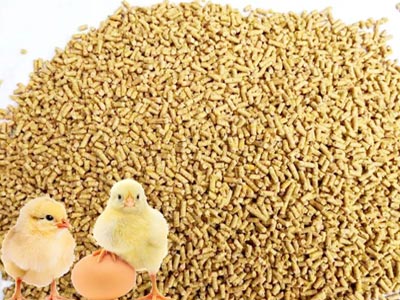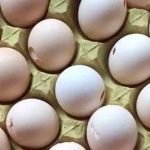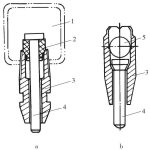In the entire automated process of chicken layers cages for sale farming, feed costs can account for about 70% of the total expenses. Therefore, feed becomes a crucial factor in controlling farming costs. Many owners are torn between whether to use self-made feed or commercial feed for laying hens.
Self-made Feed Chicken Layers Cages for Sale
Self-made feed is often a mixture of various feed ingredients and additives procured by farmers themselves, blended in specific proportions.
Advantages of Self-made Feed:
- Cost-effective, reducing product packaging costs by at least 30-40 yuan per ton.
- Visibility of purchased raw materials (quality assessment through sensory observation).
- Flexibility in purchasing raw materials based on market conditions.
- Excludes major ingredients other than corn and soybean meal, believed to enhance nutrition and egg quality.
Disadvantages of Self-made Feed:
- Some self-made feed may contain high-quality corn with frequent occurrences of toxins exceeding standards. Excessive hygiene indicator levels in raw materials once led to severe intestinal health issues in chickens, causing a 20% drop in egg production.
- Storage conditions of premixes and microecological agents in self-made feed may lead to a significant decrease in efficacy over time.
- Vertical mixers used in self-made feed production often have poor mixing uniformity, causing nutritional imbalances in chicken diets.
- Manual weighing during on-site feed preparation may result in errors or poor accuracy.
Commercial Feed for Chicken Layers Cages for Sale
Commercial feed refers to feed produced by licensed feed enterprises according to national or industry standards for laying hens.
Advantages of Commercial Feed:
- Cost-effective, reducing product packaging costs by at least 30-40 yuan per ton.
- Visibility of purchased raw materials (quality assessment through sensory observation).
- Flexibility in purchasing raw materials based on market conditions.
- Excludes major ingredients other than corn and soybean meal, believed to enhance nutrition and egg quality.
Disadvantages of Commercial Feed:
- Short-term observations may show that eggs produced with commercial feed are lighter compared to those produced with self-made feed.
- Additional transportation costs incurred when feed enterprises deliver to farms.
- Higher depreciation and management expenses for equipment in feed enterprises compared to self-made feed.
- Farmers may have lower trust in the quality of commercial feed.


Operating Procedures for Homemade Compound Feed for Chicken Layers Cages for Sale
- Determine the feed formula and raw materials based on the previously mentioned method.
- Coarsely select feed ingredients, using homemade screens to remove impurities and ash from materials such as stones and ash residue in corn.
- Crush and thoroughly mix the raw materials. Professional farmers can choose small-scale crushing and mixing equipment. Large chicken farms (e.g., 20,000-bird farms) with good conditions can purchase a complete set of 15-type small-scale processing units (with a single output of 1.5 tons/hour).
- First, crush bulk materials such as corn and soybean meal.
- Mix powdery materials such as bran, husks, and dry hay.
- Mix additives, vitamins, salt, amino acids, and other trace materials separately with some bran, husks, and cornmeal before blending with the bulk of the raw materials.
- Thoroughly mix all the components into a powder using manual or mechanical mixing.
- The compounded feed should ideally have a water content not exceeding 14%, with no signs of mold or off-odors. When grasping a handful of feed and squeezing, it should naturally scatter when released; if it forms a clump, it indicates excessive moisture.
When using compounded feed for egg-laying hens in chicken layer cages for sale, pay attention to the following:
- Ensure raw material moisture levels are within standards.
- Strictly weigh each raw material according to the formula, avoiding arbitrary adjustments.
- Thoroughly mix the feed to prevent inconsistent nutrient intake by the flock.




